Voice and Choice: The Protocol
A protocol for looking closely at content, considering perspectives and representation, and then redesigning or reimagining that content from one's own perspective. Try out the accompanying Learner Workbook!
The resources here are designed for both educator and learner use of the Agency by Design Framework for Maker-Centered Learning. In this collection you will find three sets of resources. Thinking Routines offer several mini-strategies to encourage active processing and build on learners’ background knowledge. Activities & Practices offer suggestions and guidelines for teaching a variety of maker-centered learning activities. The Documentation and Assessment Tools offer a range of techniques and activities that help learners and educators reflect on thinking and learning and be intentional in their efforts to improve the learning process. All of the tools are designed to help develop the maker capacities of Looking Closely, Exploring Complexity, and Finding Opportunity.

A protocol for looking closely at content, considering perspectives and representation, and then redesigning or reimagining that content from one's own perspective. Try out the accompanying Learner Workbook!
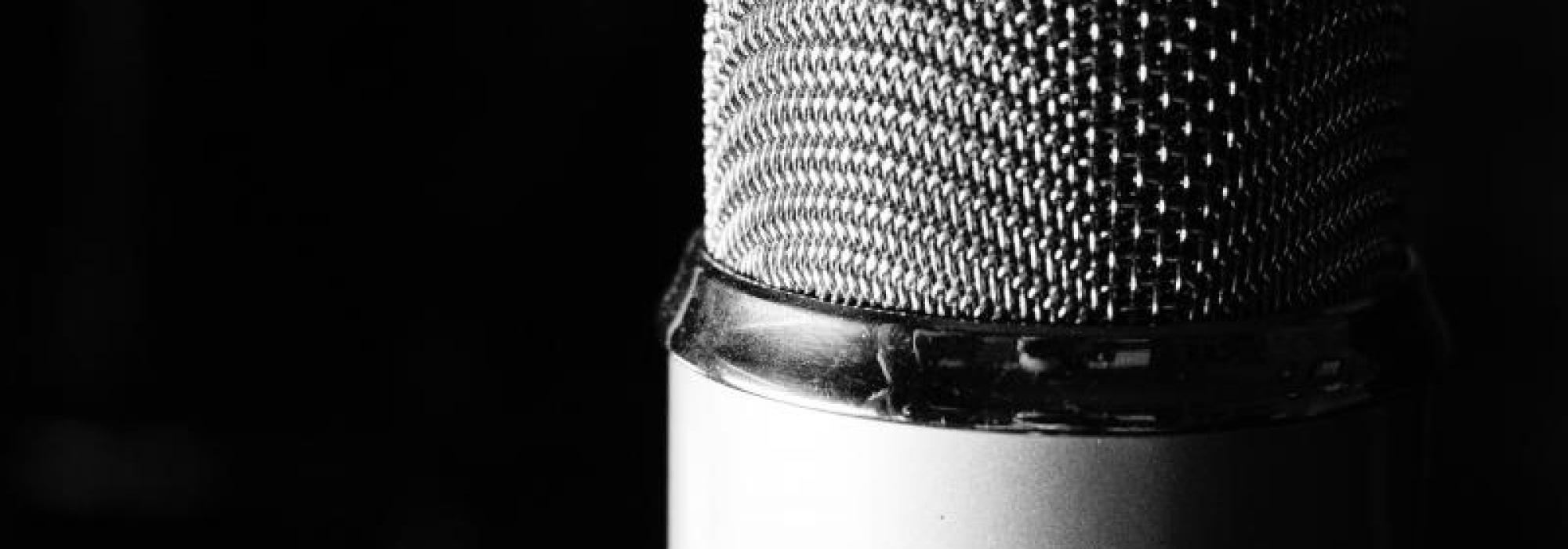
A protocol for looking closely at content, considering perspectives and representation, and then redesigning or reimagining that content from one's own perspective. Try out the accompanying Learner Workbook!
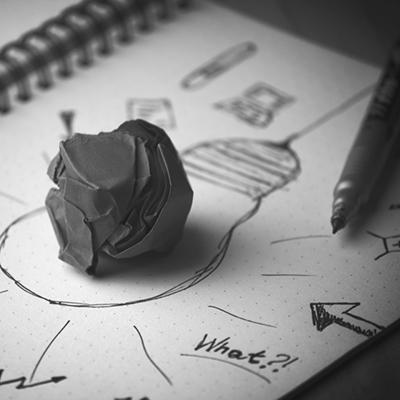
This Learn Workbook supports engagement with the Voice and Choice protocol. Created by Julie Rains.
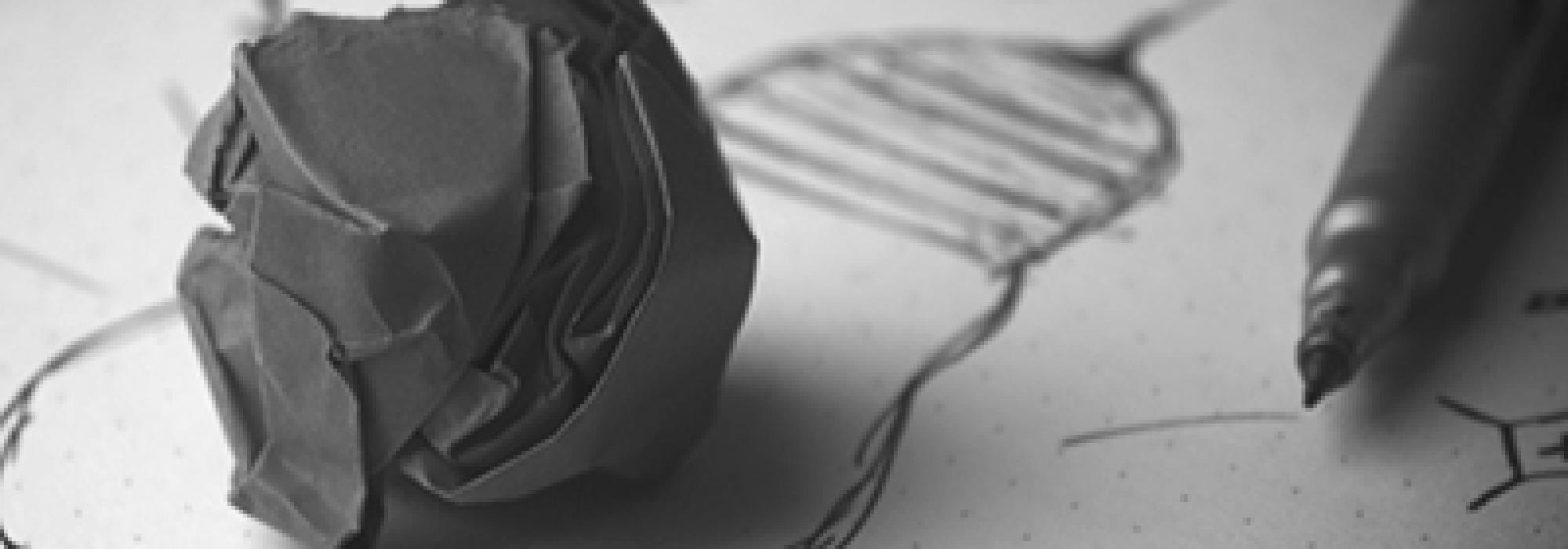
This Learn Workbook supports engagement with the Voice and Choice protocol. Created by Julie Rains.

A protocol for looking critically at content and developing a sensitivity to the role(s) of power and participation in the design of objects and systems.
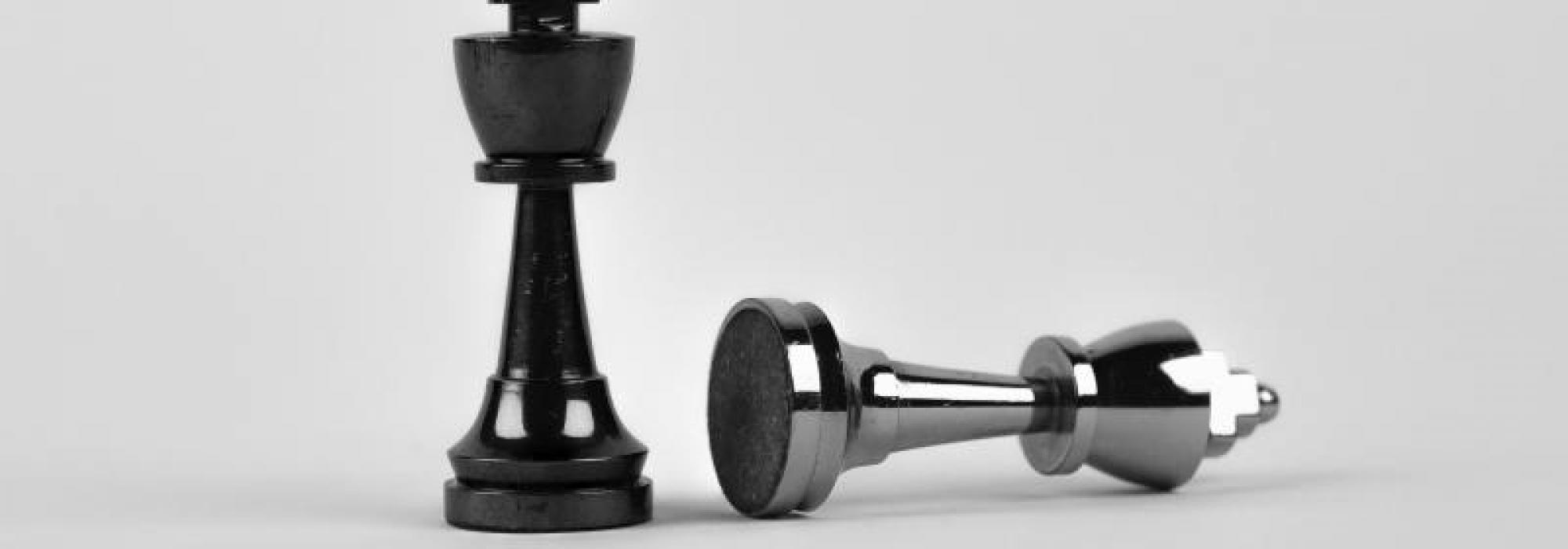
A protocol for looking critically at content and developing a sensitivity to the role(s) of power and participation in the design of objects and systems.

A set of questions for students and educators that support critical inquiry and awareness when approaching human-designed objects and systems.
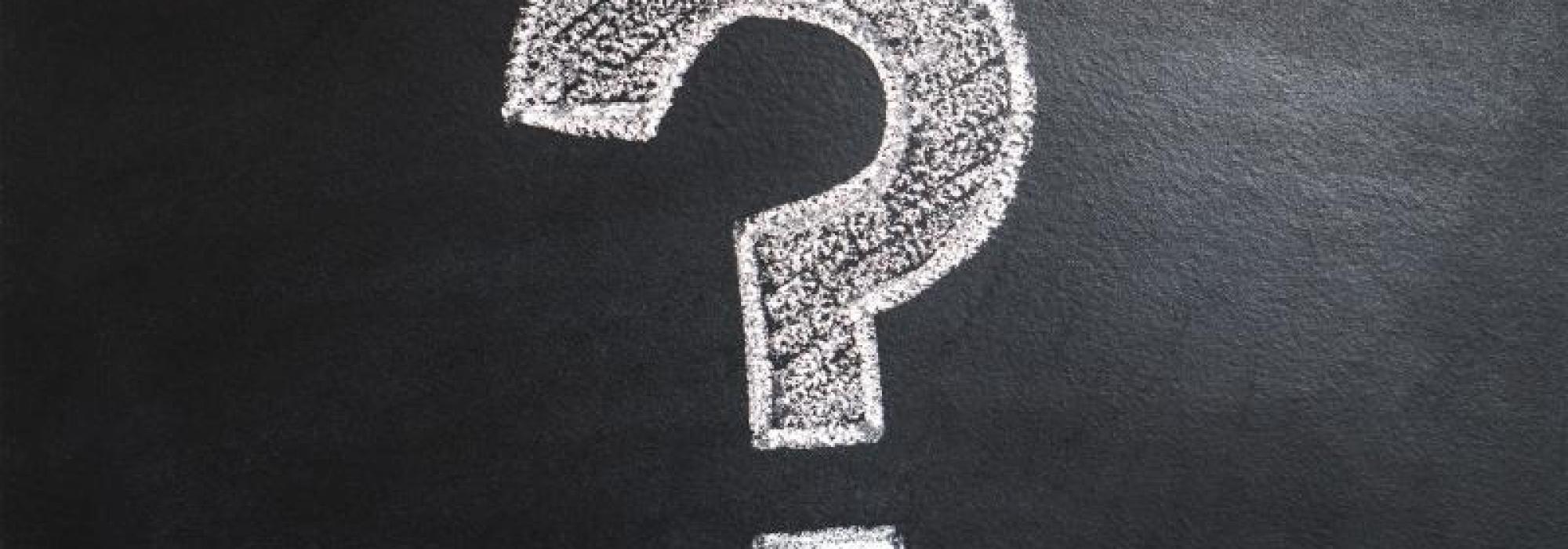
A set of questions for students and educators that support critical inquiry and awareness when approaching human-designed objects and systems.
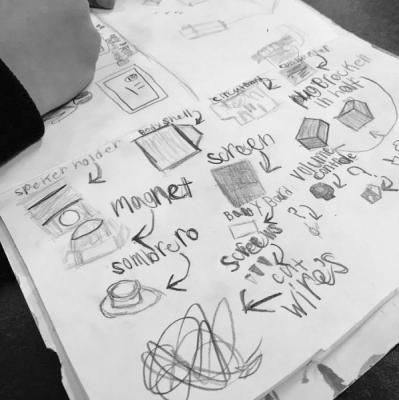
This practice allows learners to notice features of an object that they may not have the vocabulary to fully describe yet. By doing several sketches, learners have the chance to engage in perspective taking and to see details they might miss at first glance.
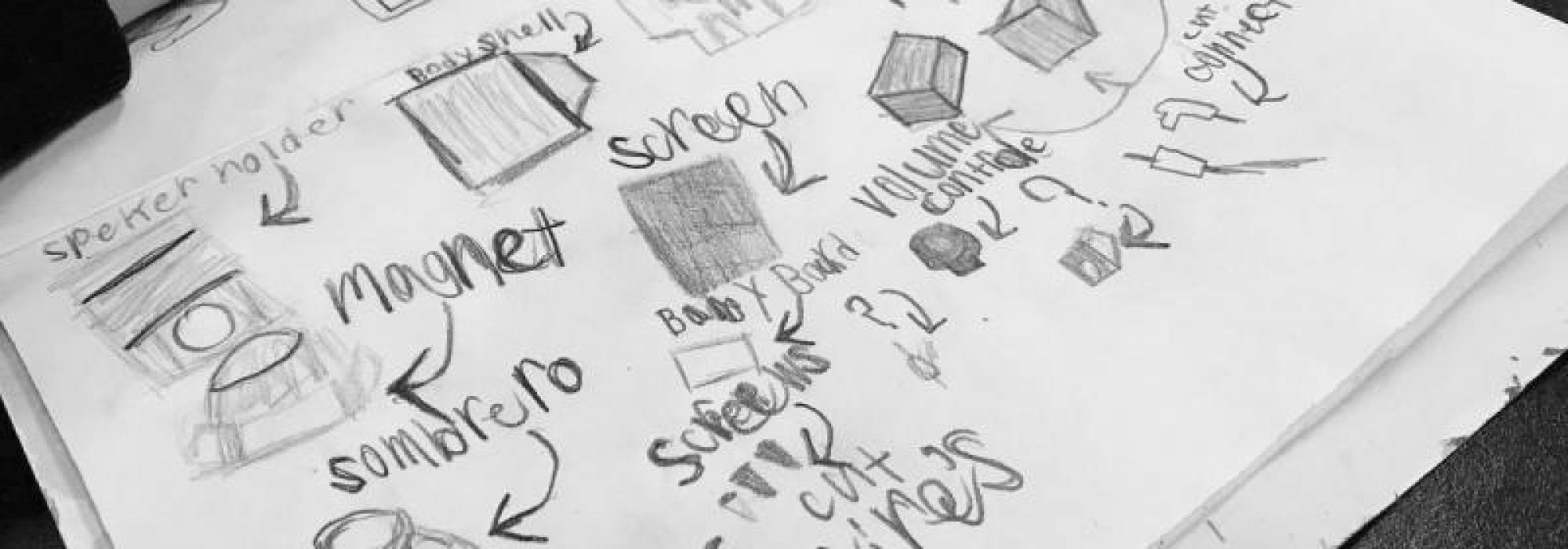
This practice allows learners to notice features of an object that they may not have the vocabulary to fully describe yet. By doing several sketches, learners have the chance to engage in perspective taking and to see details they might miss at first glance.
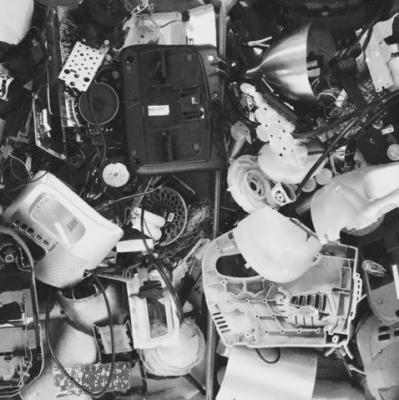
Mechanical dissections are a practice that allows learners to discover the often hidden design of objects.
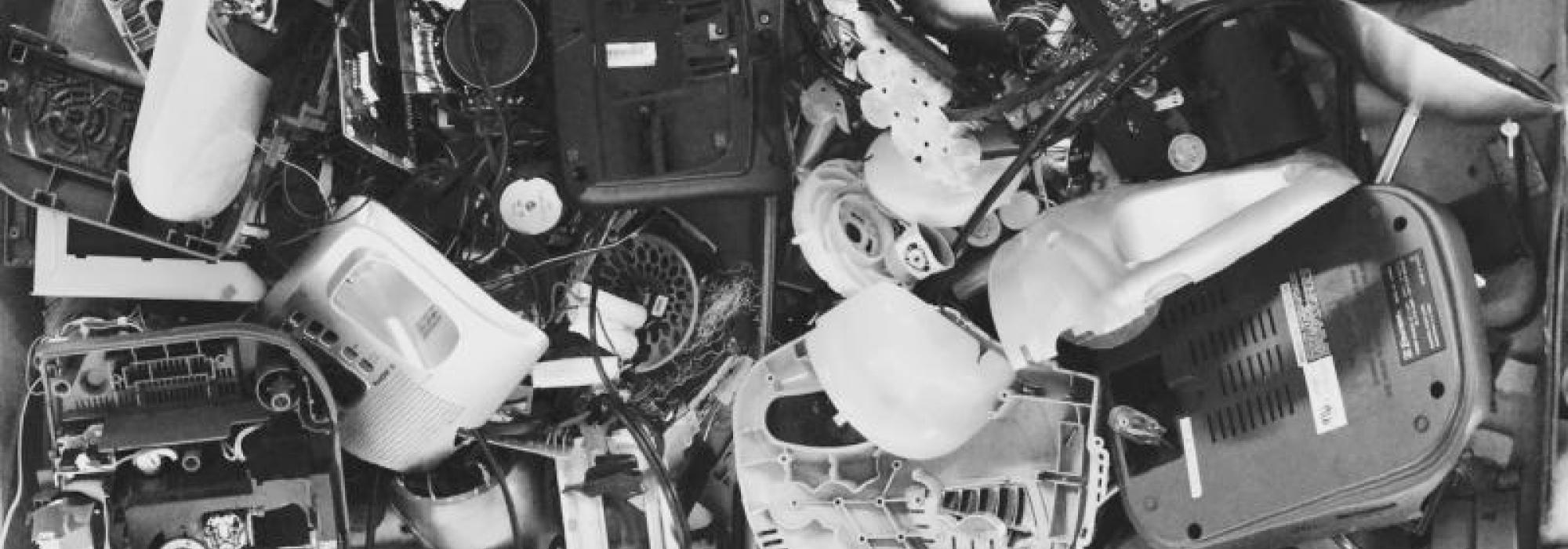
Mechanical dissections are a practice that allows learners to discover the often hidden design of objects.
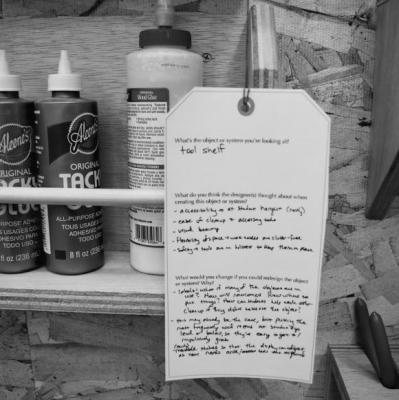
This practice first encourages learners to observe the world around them and look for design, “in the wild,” taking a broad inventory of the designs they notice. Then it asks them to focus in on one object or system to consider the designer’s perspective or to propose redesign ideas.
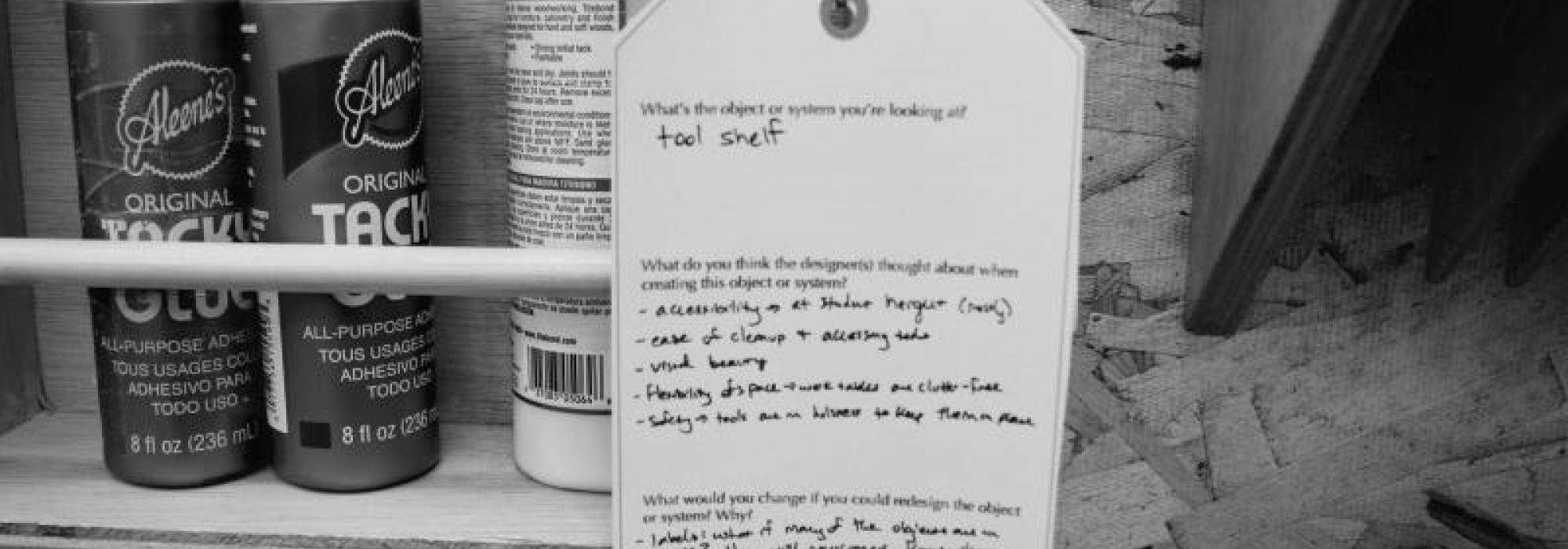
This practice first encourages learners to observe the world around them and look for design, “in the wild,” taking a broad inventory of the designs they notice. Then it asks them to focus in on one object or system to consider the designer’s perspective or to propose redesign ideas.
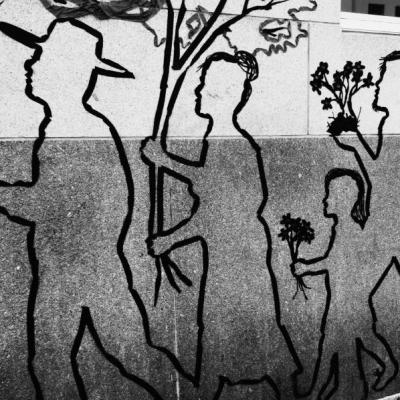
This practice promotes noticing, play, and exploration. When learners have time to tinker with materials they can gain an understanding of the affordances, possibilities, and constraints inherent in a variety of making materials.

This practice promotes noticing, play, and exploration. When learners have time to tinker with materials they can gain an understanding of the affordances, possibilities, and constraints inherent in a variety of making materials.
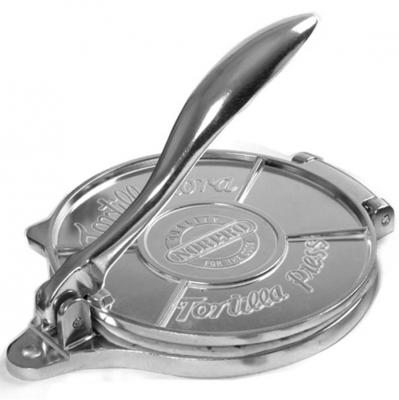
This practice is designed to deepen learners’ sensitivity to design through drawing, observing, questioning, and collaborating.
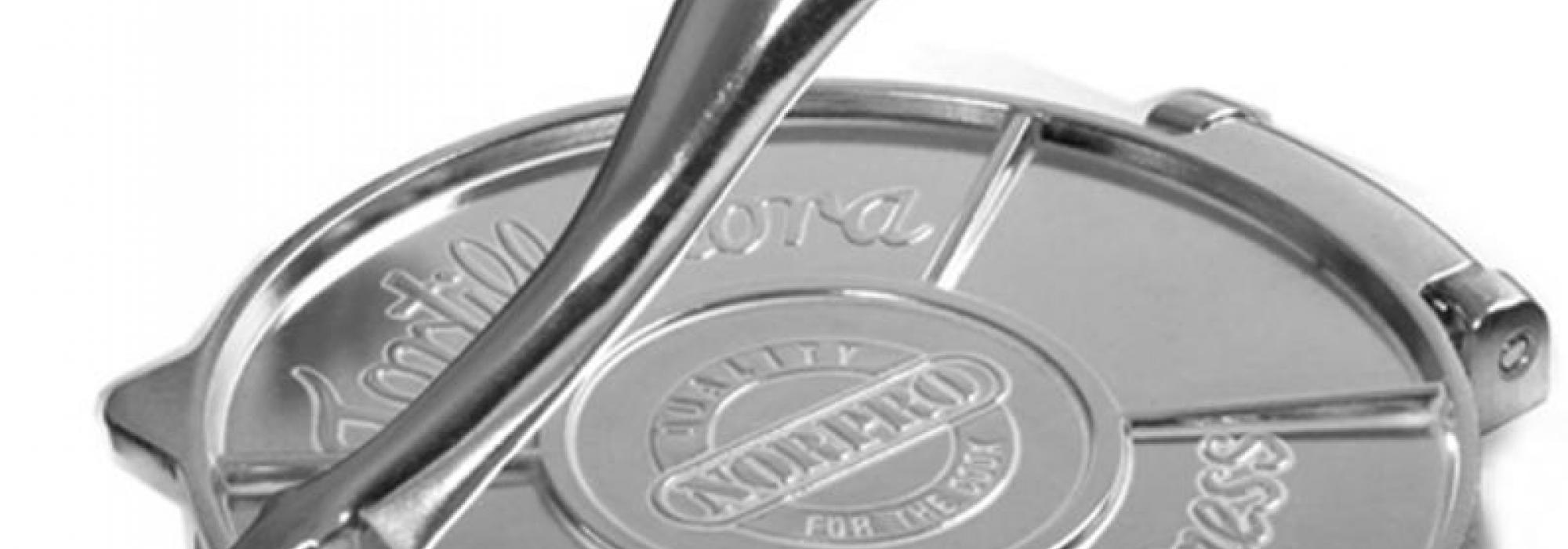
This practice is designed to deepen learners’ sensitivity to design through drawing, observing, questioning, and collaborating.
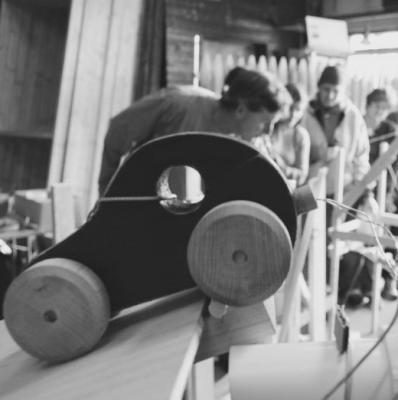
This practice supports co-inspiration and the cross-pollination of ideas during maker-centered group work.
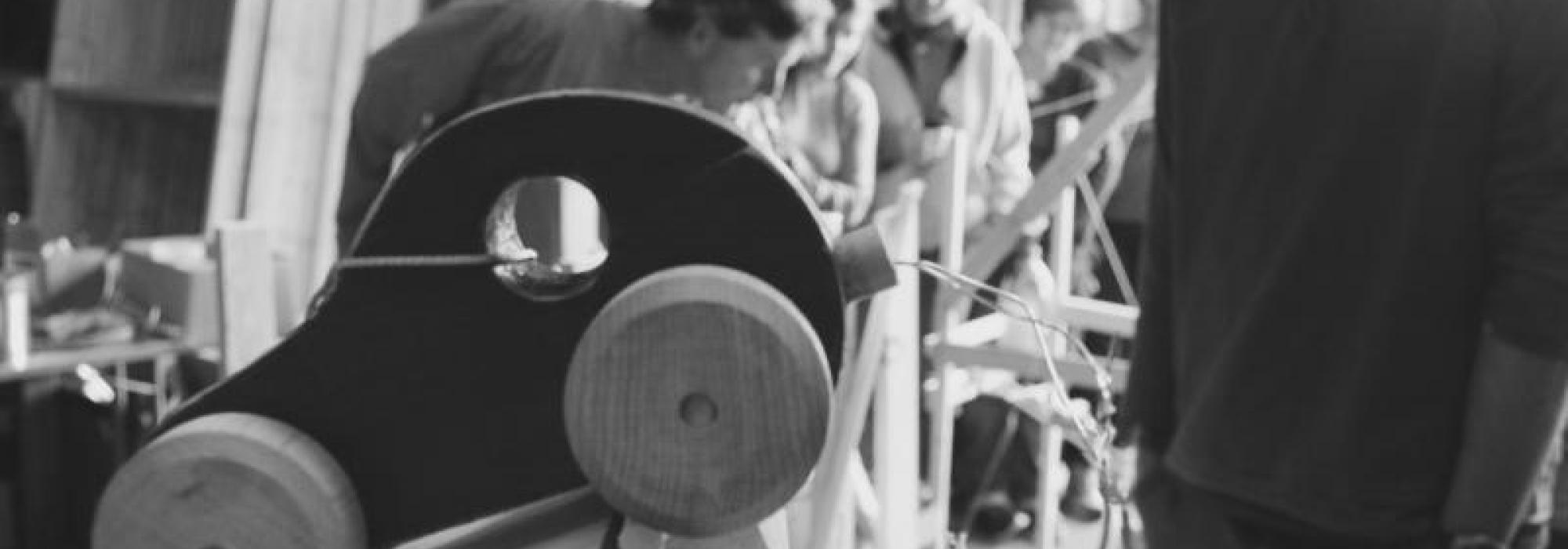
This practice supports co-inspiration and the cross-pollination of ideas during maker-centered group work.
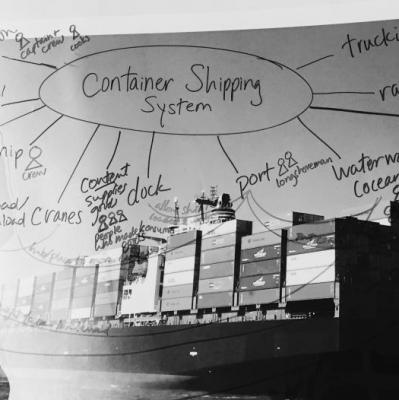
The practice of mapping allows learners to build and demonstrate their understanding of the parts, people, and interactions that comprise a given system.
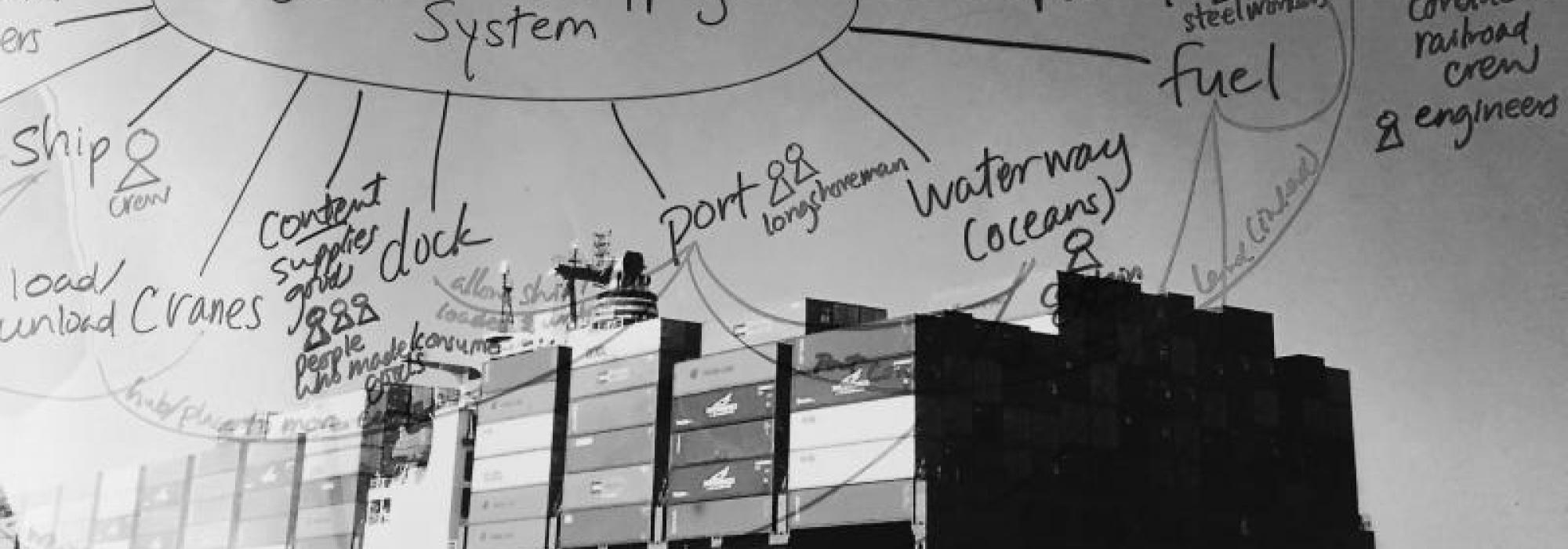
The practice of mapping allows learners to build and demonstrate their understanding of the parts, people, and interactions that comprise a given system.
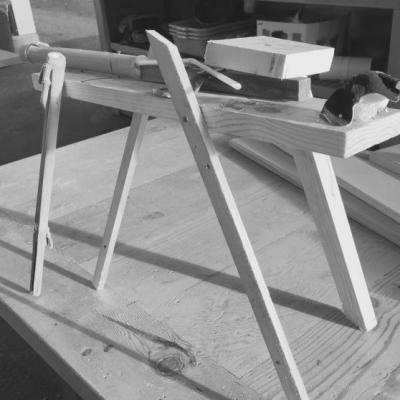
A conversation starter and reflective activity for introducing young people and adults to making.

A conversation starter and reflective activity for introducing young people and adults to making.
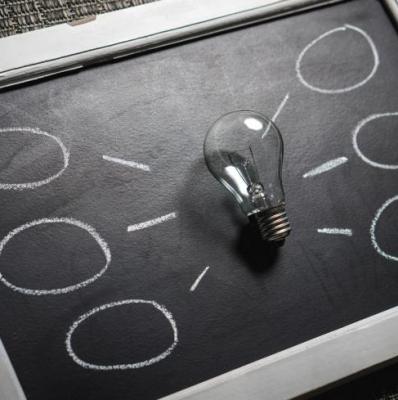
PROTOCOLO PARA ANALIZAR DE FORMA CRÍTICA UN CONTENIDO, CONSIDERANDO DIFERENTES PERSPECTIVAS Y REPRESENTACIÓN, PARA DESPUÉS REDISEÑAR O REIMAGINAR ESE CONTENIDO DESDE UNA PERSPECTIVA PROPIA.
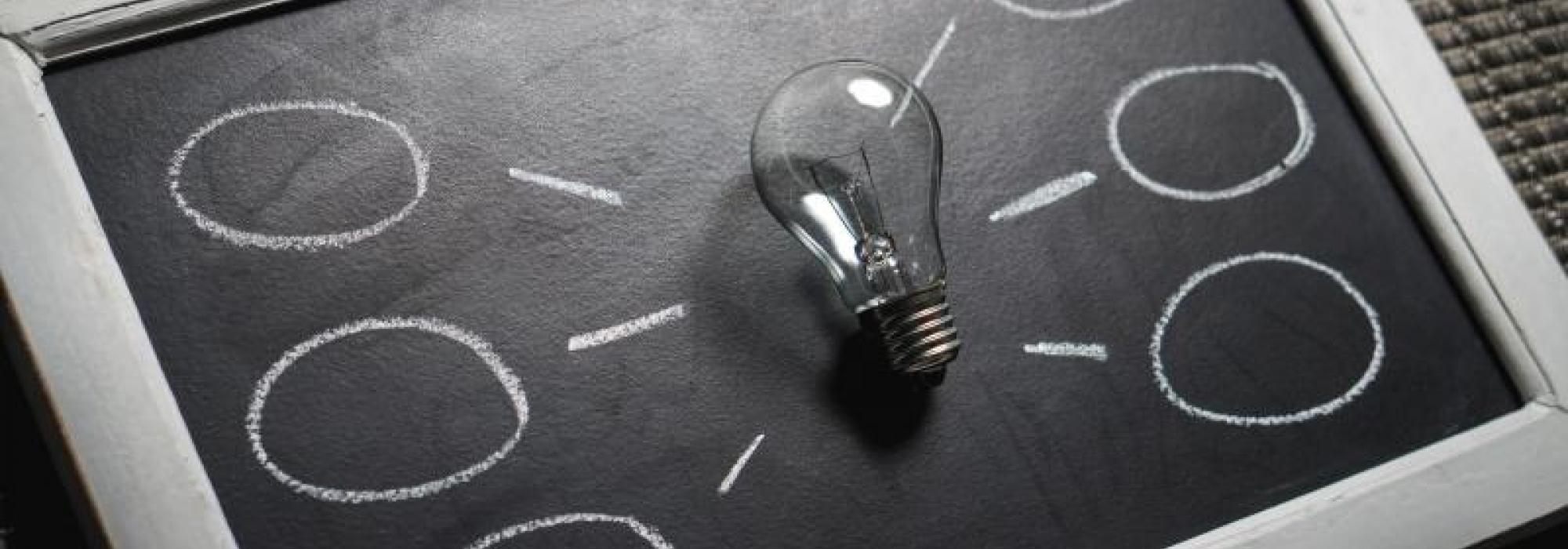
PROTOCOLO PARA ANALIZAR DE FORMA CRÍTICA UN CONTENIDO, CONSIDERANDO DIFERENTES PERSPECTIVAS Y REPRESENTACIÓN, PARA DESPUÉS REDISEÑAR O REIMAGINAR ESE CONTENIDO DESDE UNA PERSPECTIVA PROPIA.

AbD researcher Jessica Ross elaborates on her role in the Open Portfolio Project by asking the question: What advice can we offer young makers as they document their making throughout their lifetimes?
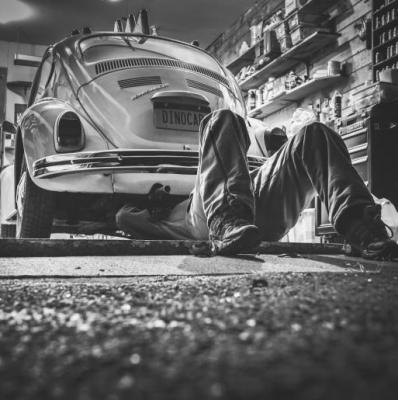
Esta rutina primero apoya el pensamiento divergente, a medida que los estudiantes piensan en nuevas posibilidades para un objeto o sistema; luego apoya el pensamiento convergente, a medida que los estudiantes deciden la manera más efectiva para construir, manipular, re/diseñar o alterar un objeto o un sistema.

PROTOCOLO PARA ANALIZAR DE FORMA CRÍTICA UN CONTENIDO, CONSIDERANDO DIFERENTES PERSPECTIVAS Y REPRESENTACIÓN, PARA DESPUÉS REDISEÑAR O REIMAGINAR ESE CONTENIDO DESDE UNA PERSPECTIVA PROPIA.
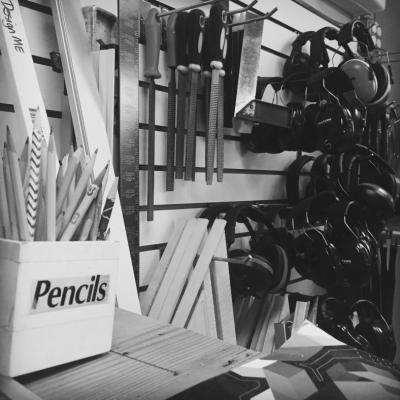
A resource for learners to explore the ways you can use the Agency by Design Framework and Making Moves/Indicators.

Participatory Creativity: Introducing Access and Equity to the Creative Classroom presents a systems-based approach to examining creativity in education that aims to make participating in invention and innovation accessible to all students. Moving beyond the gifted-versus-ungifted debate present in many of today’s classrooms, the book’s inclusive framework situates creativity as a participatory and socially distributed process. The core principle of the book is that individuals are not creative, ideas are creative, and that there are multiple ways for a variety of individuals to participate in the development of creative ideas. This dynamic reframing of invention and innovation provides strategies for teachers, curriculum designers, policymakers, researchers, and others who seek to develop a more equitable approach towards establishing creative learning experiences in various educational settings.

A set of questions for students and educators that support critical inquiry and awareness when approaching human-designed objects and systems.

"Agency by Design: Empowering Young People to Shape their Worlds" explores the ways in which educators can develop teaching strategies that support student agency through maker-centered learning experiences.
Video by Alex Coppola